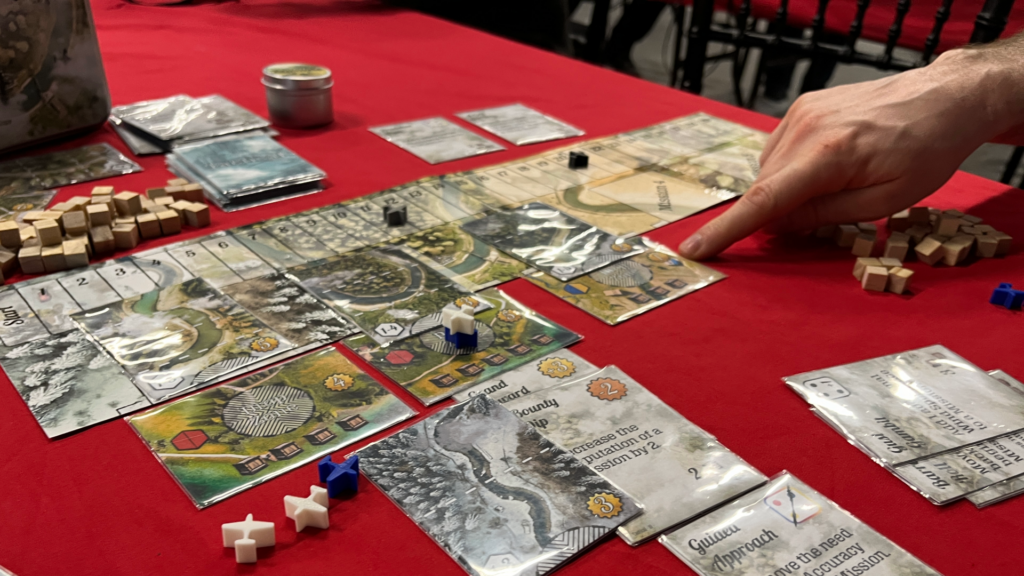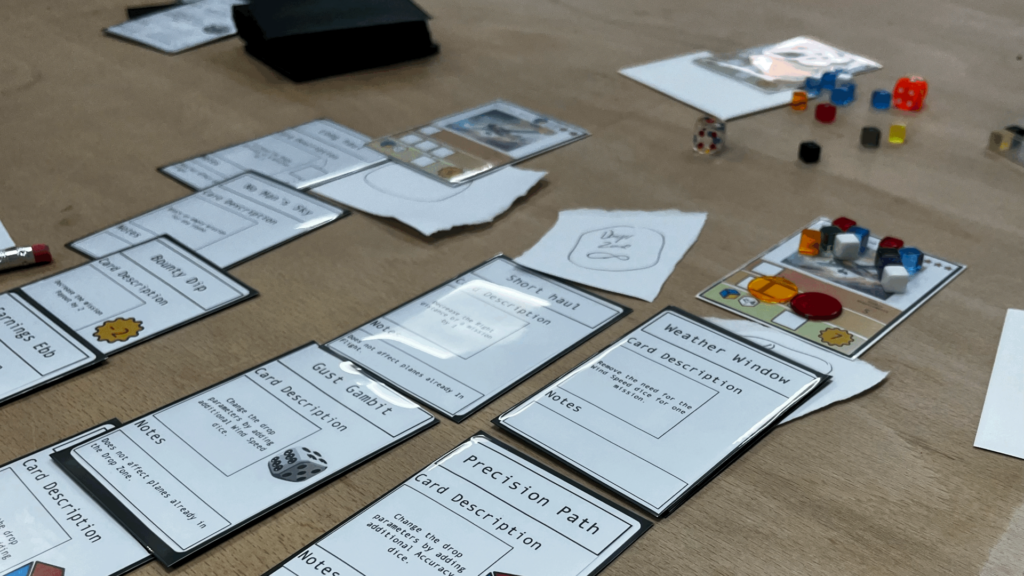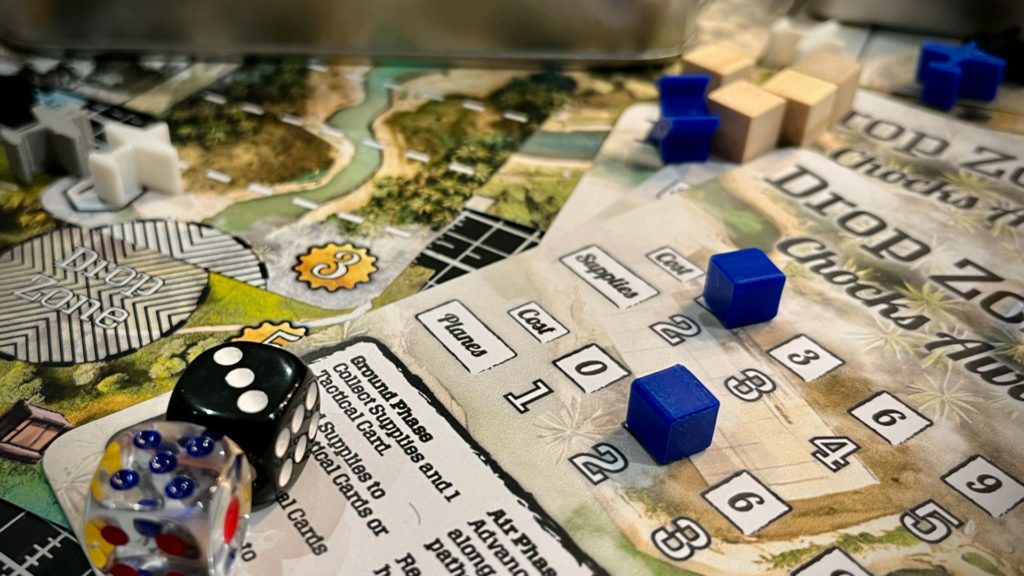
In game development, the transition from concept to gameplay is a journey filled with anticipation, excitement, and of course, a hefty dose of reality checks. It’s a path I’ve trodden many times over the last 6 months, each step illuminated by the invaluable feedback of those who play test my games.
Today, I’d like to share some insights gained from this continuous loop of creation, play, feedback, and iteration.
The importance of playtesting cannot be overstated. A game, after all, spends an eternity in the confines of the creator’s mind before it ever sees the light of day. How I envision gameplay unfolding can sometimes be miles away from the reality that hits the table. Observing play testers navigate the game, absorbing their decisions and emotions, allows me an insight into a game’s true essence.
Feedback, though, is a double-edged sword. It offers a second, equally vital perspective when playtesters share their thoughts post-game. What worked for them? What didn’t? Would they willingly spend another hour in this world I’ve crafted? This dual focus on observation and communication forms the cornerstone of refining my games.

However, not all feedback leads down a path worth following. The realisation that not everyone will enjoy your game is as sobering as it is crucial. It’s a diverse world out there, and tastes vary wildly. The knee-jerk reaction to tweak and twist the game to fit every critique can be tempting, especially for someone like me who inherently wants to please every player. Yet, this approach often leads to dilution of the original vision, a temptation best resisted.
I’ve come to understand that my games carry a piece of myself within them. They embody elements I relish in games and counterbalance those I don’t. Over time, I’ve honed in on what I want my game to be – a strategic yet unpredictably fun experience that demands players to think ahead and adapt. The challenge, then, lies in sifting through feedback to find the nuggets of wisdom that align with this vision without being swayed by every passing opinion.
Feedback is a complex beast. When a comment or suggestion contradicts the core mechanics or theme of the game, it’s a clear signal not to rush into heedless changes. For instance, the introduction of a ‘nope’ card was one idea, aiming to add a layer of unforeseen power dynamics. However, in the context of my game, where players embody aviators steeped in strategy rather than whim, such a mechanic felt misplaced. The game’s essence, after all, isn’t about wielding omnipotent control but navigating challenges in the skies with foresight and cunning.

The path of game development is a testament to the power of constructive criticism, viewed through a lens of objectivity and self-awareness. It’s about continually testing, learning, and evolving, with each iteration drawing you closer to the game that lives up to both your expectations and those of your audience. This journey has taught me to value feedback, to dissect and deliberate over it, but most importantly, to remain true to the game I set out to build.
As I forge ahead, the cycle of playtesting and refining will spin on. Each session is a learning opportunity, a chance to peek into the minds of those who navigate the worlds I create. Understanding their experiences, their joys, and their frustrations is the compass guiding my decisions, ensuring that with every tweak, addition, or omission, I’m not just making a game to be played but an experience to be cherished.


